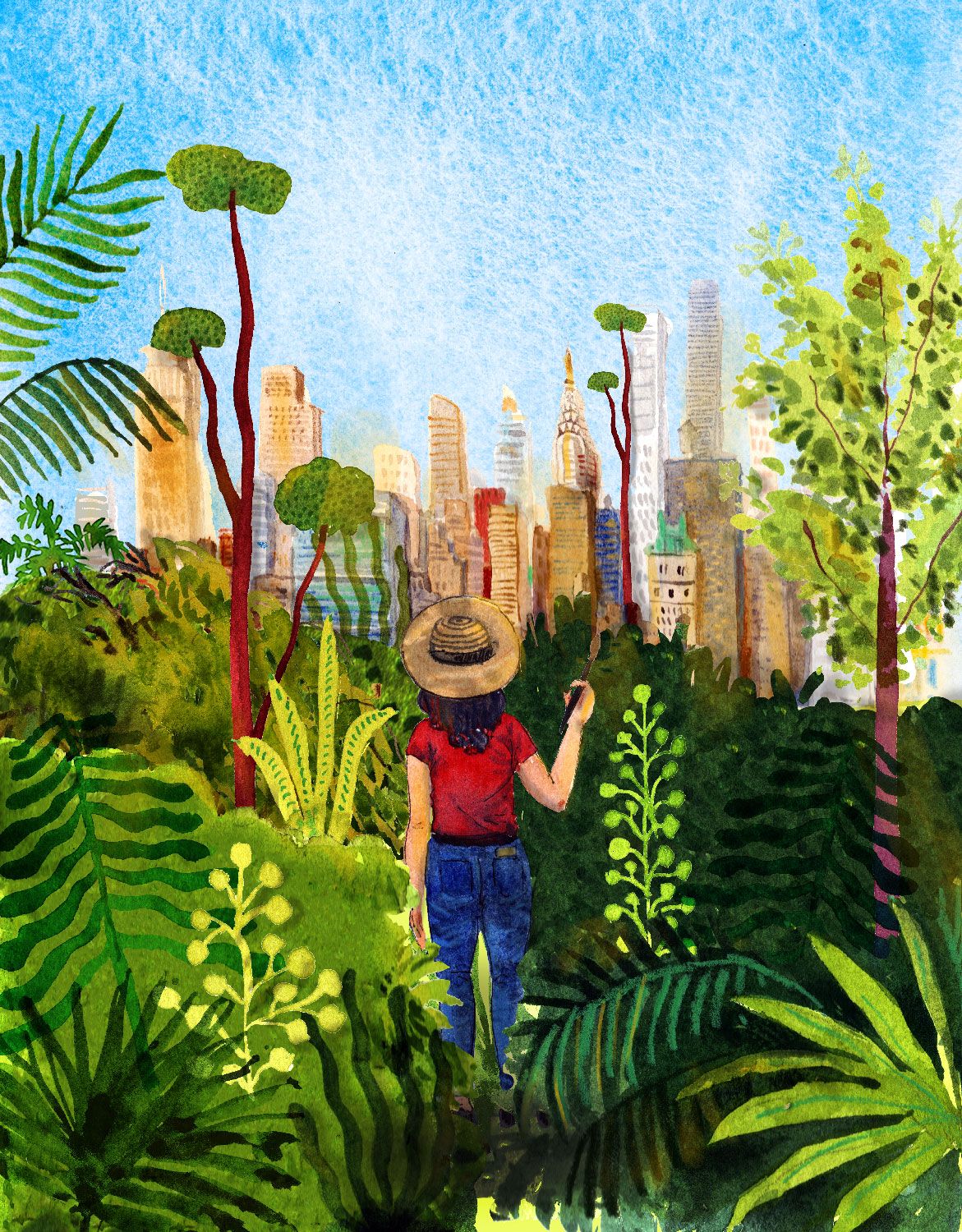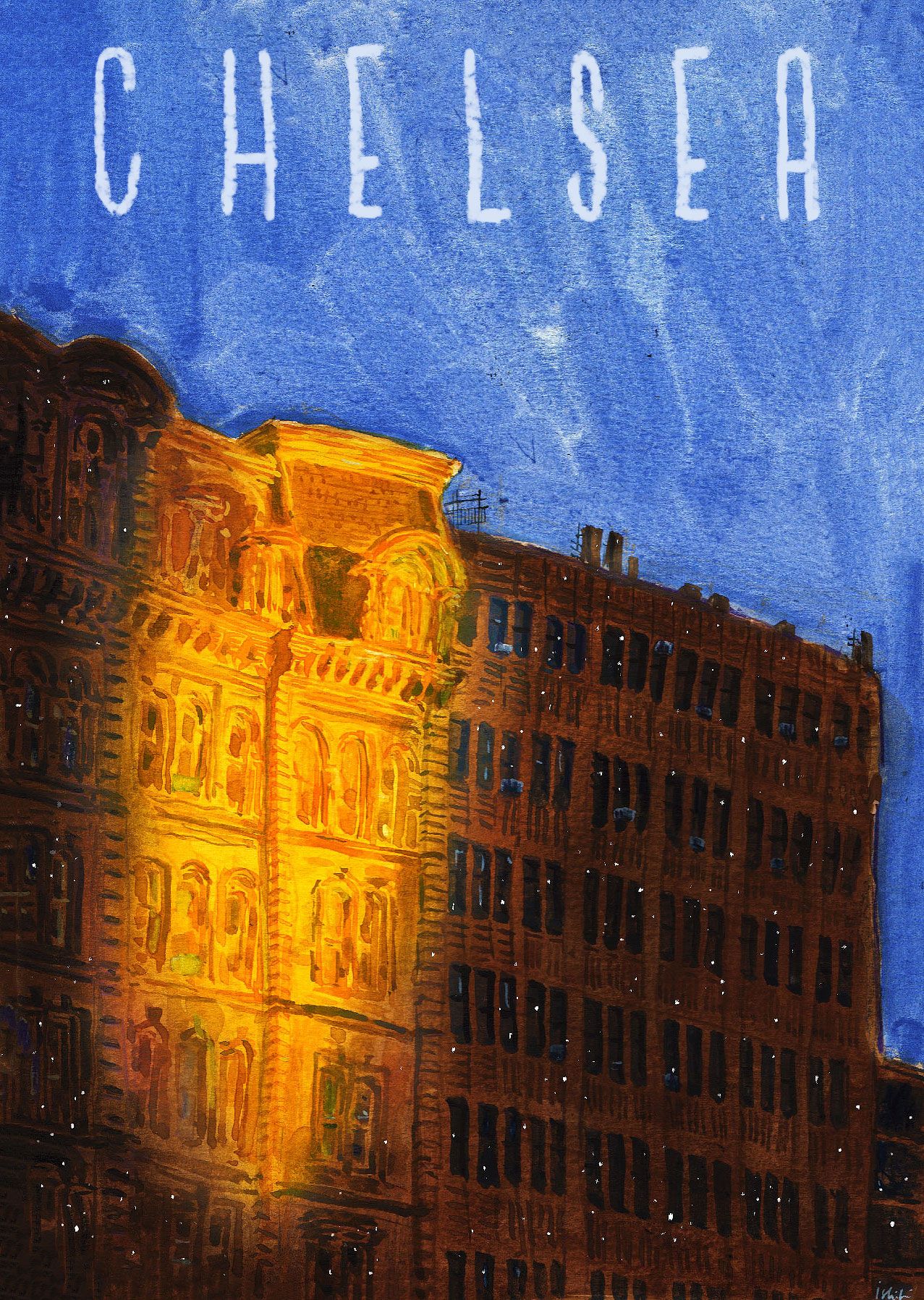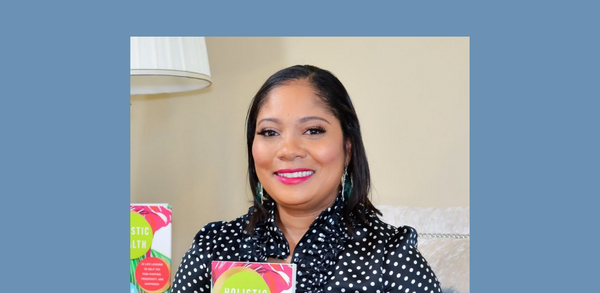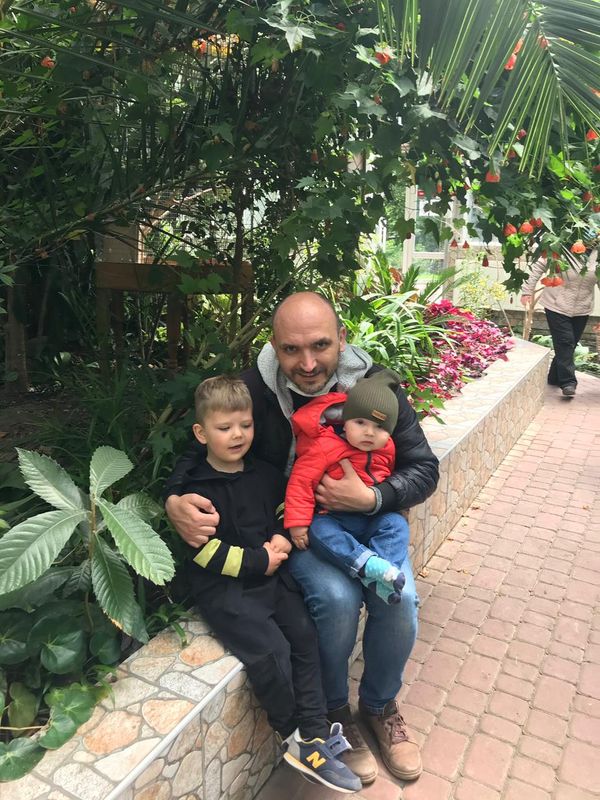Ishita Jain: An Artist's Journey
From childhood meanderings under a neem tree in Delhi, to the bustling labyrinthe of NYC, artist, Ishita Jain, paints an enlightening picture.
by Victoria Oldridge
Ishita Jain, whose artwork has been featured in The New York Times, is a New York-based (originally from Delhi, India) illustrator and designer, specializing across mediums in on-location drawings and enjoys documenting the people, places and stories that surround her.
She is an alumnus of the National Institute of Design, Ahmedabad, India and the MFA Illustration as Visual Essay Program at the School of Visual Arts, New York.
Truffld: I believe there’s an artist within everyone in some capacity. Tell us about the unique stepping stones along your artistic journey from your roots in Delhi to the bustle of New York.
Ishita: I was a first-born child and grew up in a joint family where I lived with my parents, grandparents, aunts and uncles, so I was exposed to a lot growing up. I spent a lot of time playing under a giant neem tree in my backyard where I often used my imagination. My family were avid explorers and Delhi is such a historic city, so they would take me around the city often for bird watching walks, observing the monuments and other parts of the city -- this way of life had a huge impact on my growing up.
When I was in 12th grade I thought I wanted to study psychology, but I also really liked to draw ever since I was a young child -- always getting into arts and crafts whenever I could -- a childhood friend once said to me, “You know, not everybody has this talent, so why don’t you explore it?” And that comment really stuck with me, so I decided to apply to design school, the National Institute of Design in India; it was the first design school built in the 1950s, post-independence time in India. Design at that time in India was very linked to a grassroots, social movement.
My school had this underlying philosophy of ‘design for social good.’ There were only 100 people a year at my school and it was very open -- if you were studying graphic design, you could walk into the textile studio and work hands-on, explore new mediums. The philosophy there was to learn by doing.
One of my undergrad mentors had a philosophy that had a lot of impact on me: “Don’t generate visual trash,” he would say to me. What he meant was that anyone can make beautiful things but think beyond aesthetics; make something that adds value -- what do you care about? Bring that into your work. I always like to question myself: does this already exist in the world? If not, what does my perspective add? I like to have a story behind everything I do.

Truffld: Even though we logically know that art presents itself in so many forms, and it’s woven through virtually every aspect of life, I think there’s still a bit of an enigma about the all-immersive artist who lives and breathes their craft day in and day out. What does art look like from your seat?
Ishita: I’m a ‘Jack of all trades’ -- I like to explore everything at once. What I love about art and design is that through this medium I can learn about anything I want. If I’m curious about squids and never got a chance to be a marine biologist and I’m designing a book about marine biology, I can’t do that without researching it, so whatever I’m designing for, I get to learn about fairly in-depth.
People always used to say that as a designer it’s easy to block yourself off and live only between you and your computer and sketchbook, but design doesn’t exist in isolation in the world. You have to talk to people, to present the work, and iterate many times for something to communicate what it’s meant to.
I love expressing myself through pictures and not through simple graphics so I decided to come to New York to do a Master’s in illustration and the approach to design is super specialized here compared to in India, so I’m still learning the nuanced differences between the two places.
Truffld: You've mentioned that you enjoy the live journalistic-type drawing, and researching quite heavily for your projects. Any stories that have had a profound effect on you?
Ishita: For my thesis I wanted to showcase that I could do journalism-oriented work. I enjoy being in nature and I find a lot of peace and comfort within it -- especially living in NY in a sea of skyscrapers -- so I started going around NY interviewing people who work with plants in any capacity (from florists to scientists and climate change activists). One was a scientist at the NY botanical gardens, Dr. Barbara Ambrose, who studies plant genomics. I asked her why it gives her joy or why it’s important. She told me "The whole world is like a big puzzle she’s trying to figure out." Kids today can name a bunch of logos and brands but they can't name ten flowers – she told me about this phenomenon called ‘Plant Blindness.'
At the time the Australia wildfires were happening and she said, "People only notice plants when they’re gone." She was studying leaf forms and how they change over the decades. I asked why she focused on this, and she said, "Because you can’t save what you don’t know, which is why research is so important," and that stayed with me.
Truffld: So many people are deterred growing up to take the path of an artist due to the quintessential ‘starving artist’ perception. Once a starving artist, always a starving artist?
Ishita: When I was practicing as a graphic designer in India, it wasn’t possible to make a full living just doing illustration. I had to take on branding projects, publication design projects. Design in itself was lucrative in India but I was only practicing for three or four years. Even here in the United States, I think it’s hard to start that way -- you have to really market yourself. Everyone in grad school told me it’ll take at least 3-5 years to establish yourself, and you have to have odd jobs on the side. While I was in school, I used to work in a gallery in the school part-time and I used to paint walls, hang frames. As an immigrant it's exceptionally hard to get started in this country. It is emotionally exhausting and time consuming to get your paperwork in order before one can even begin to apply for jobs. That process has begun very recently for me in this country.
My parents have always been really supportive, even from a young age. My dad always tells me to take my time. “There’s no need to earn all of that money in one year,” he reassures me. “Pace yourself, it’s ok.” And that gives me a lot of peace of mind; someone believes in me.

Truffld: What guidance do you have for people who are budding artists but might question their path?
I’m really into the field of visual and graphic journalism -- I want to do work where I can interview people, draw live, because that kind of drawing has a different energy that you can’t replicate in the studio. I am curious and open to many different kinds of jobs and I figure out what I like by trial and error.
You have to be persistent. A lot of people have perceived notions about what success is. Social media has a way of making you think that art must be so easy to produce, but it really takes weeks, months, turning into years -- everything you do in life compounds, and it takes time.
If you believe in something and love it, you have to do it over and over again, and you won’t realize it until time has passed, how much better you’ve become through the practice. Look for inspiration beyond art -- it’s great to see what others are doing and it’s great to go to museums, but invest in what you’re interested in, make room for new experiences. Traveling is a great way to experience more, but it doesn’t mean traveling far; it could mean a new block of a city you’re in. The more you listen and read, the more room you’re creating for inspiration.
Find Ishita's work at Ishita Jain
Follow Ishita on IG



